CHINOIS
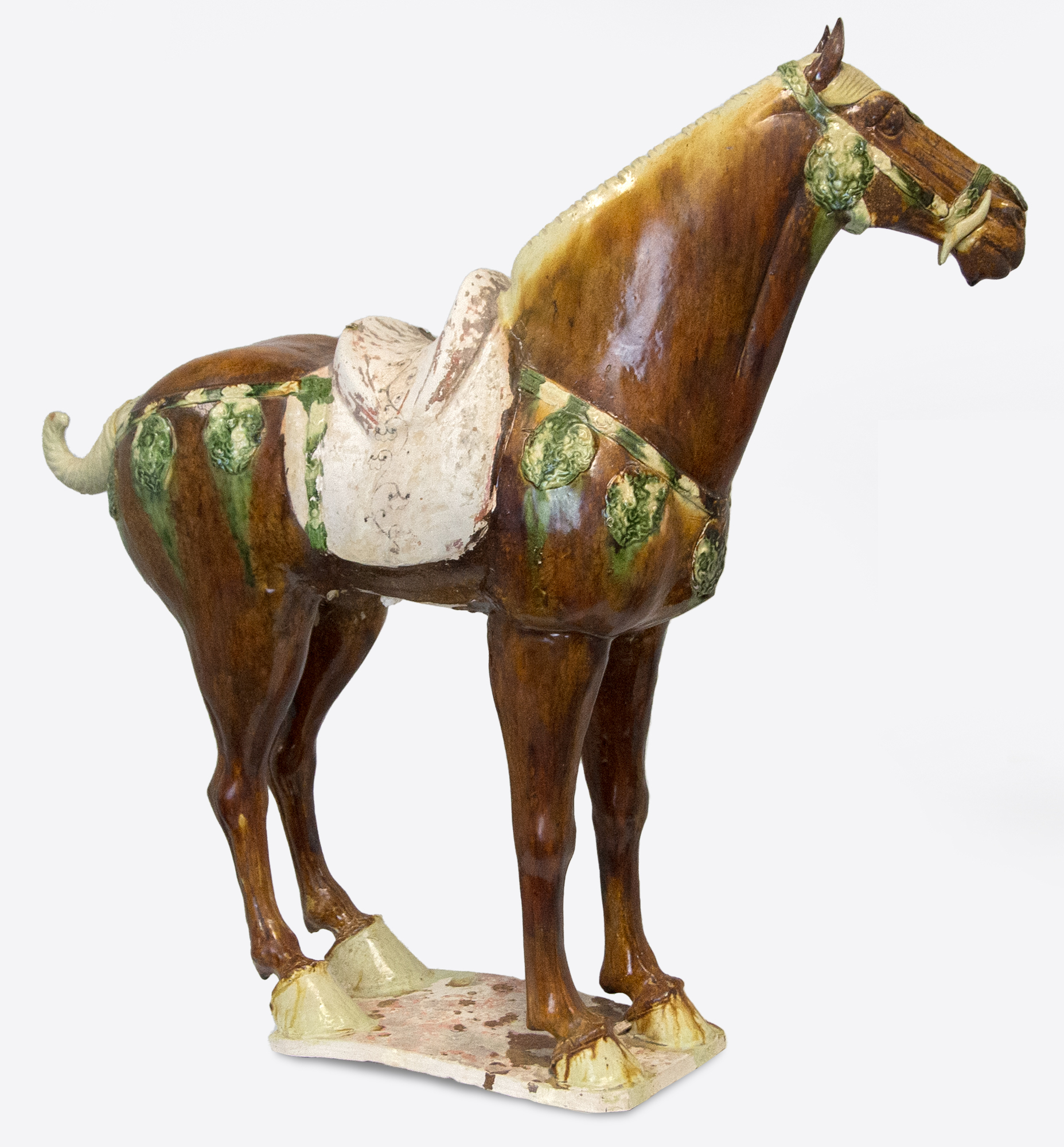

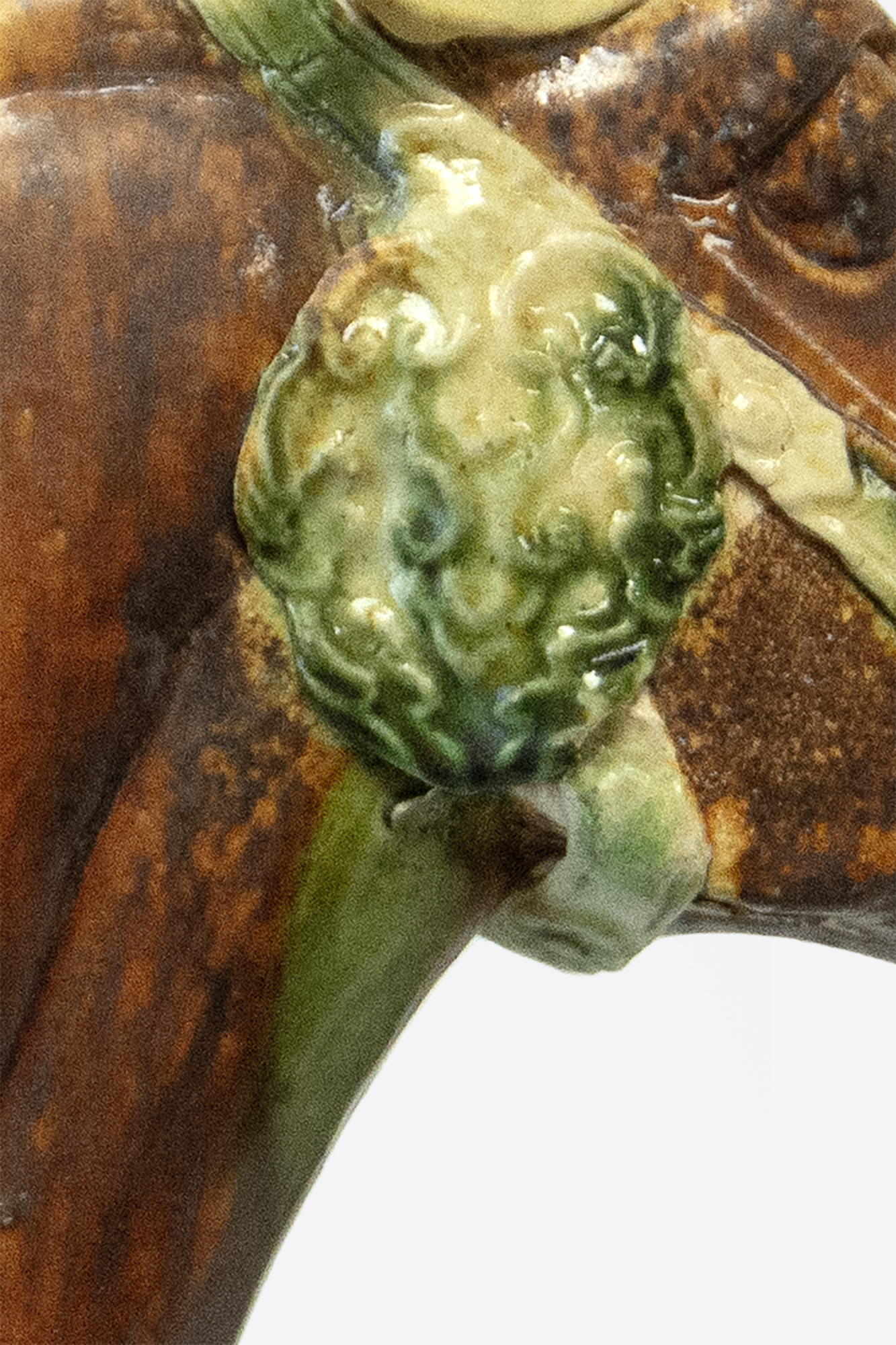
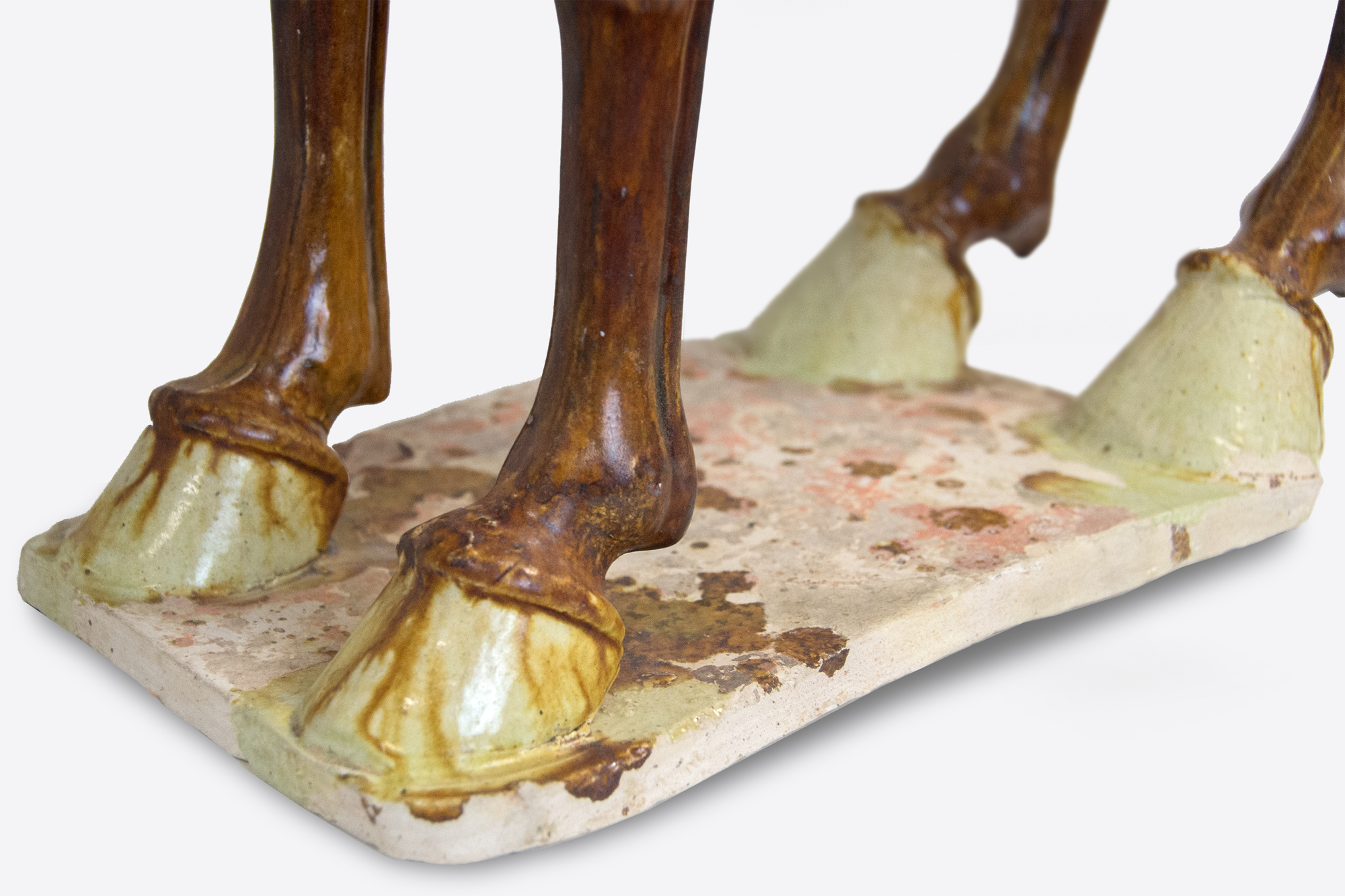
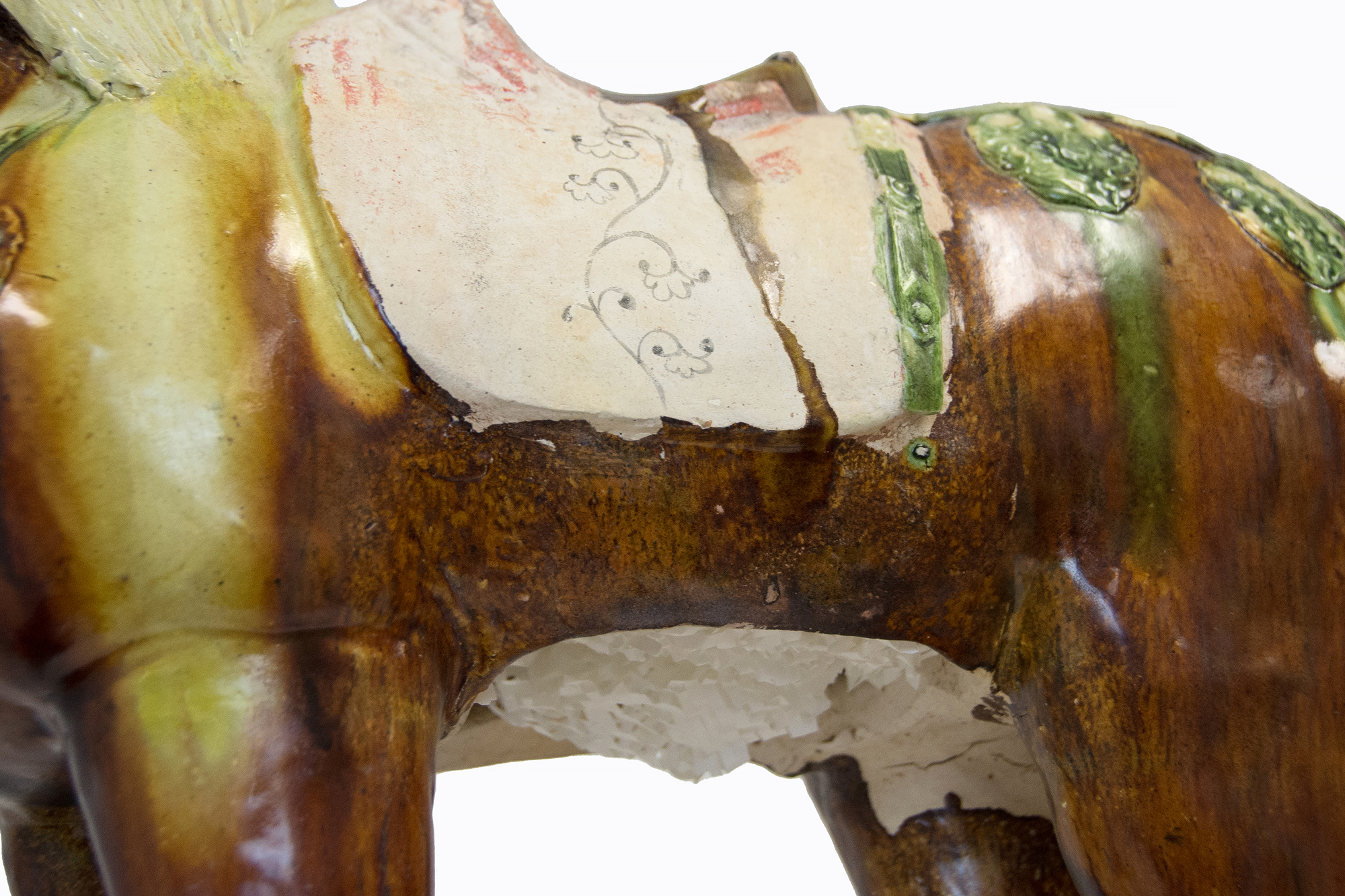
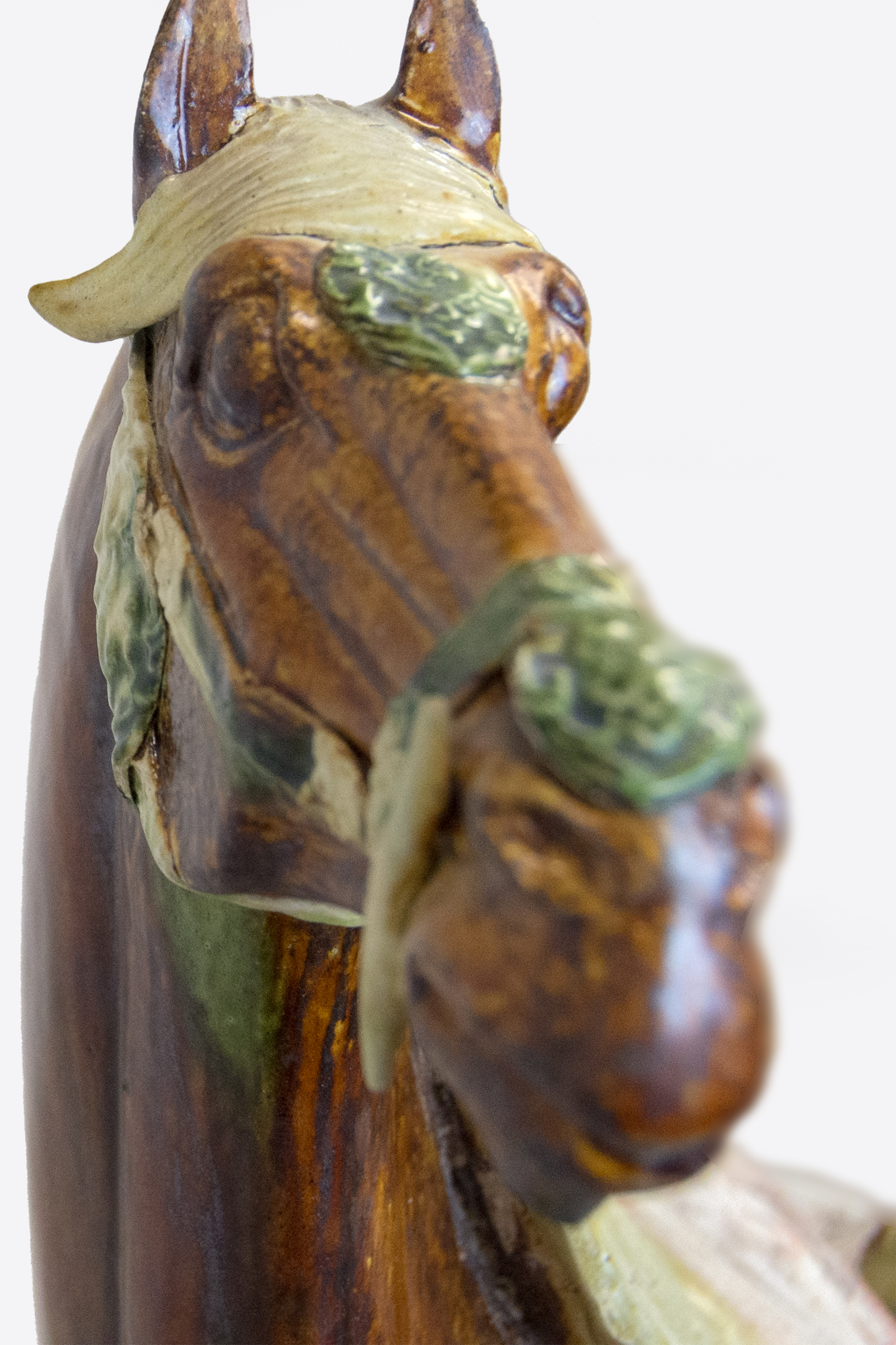

Provenance
Collection particulière, WashingtonCe cheval à glaçure de Sancai devait être un symbole de statut incroyable pour son propriétaire et beaucoup ont été perdus avec le temps. Cette sculpture est comparable à des exemples conservés dans des collections de musées du monde entier, notamment au Metropolitan Museum of Art de New York.


